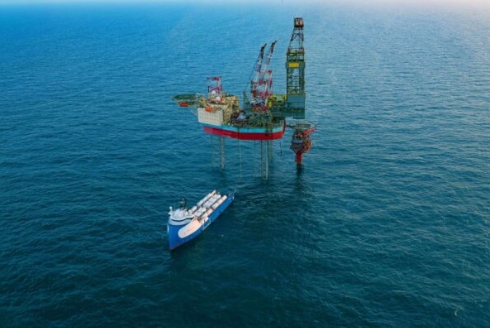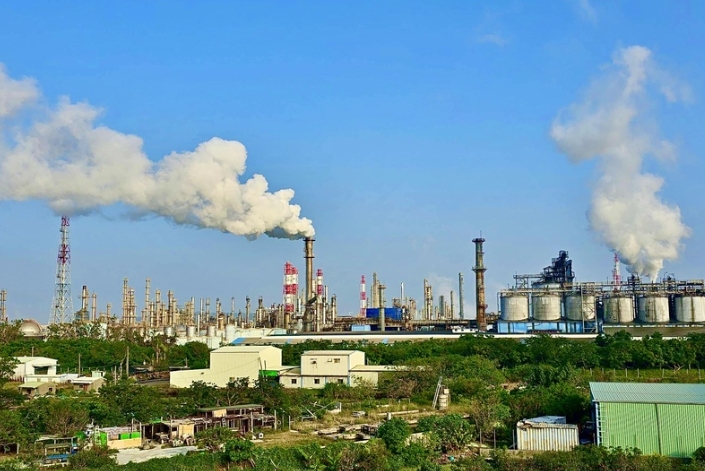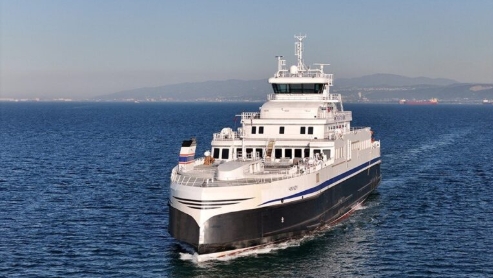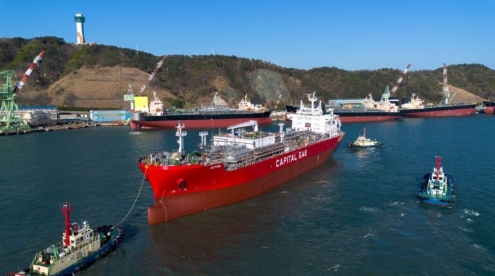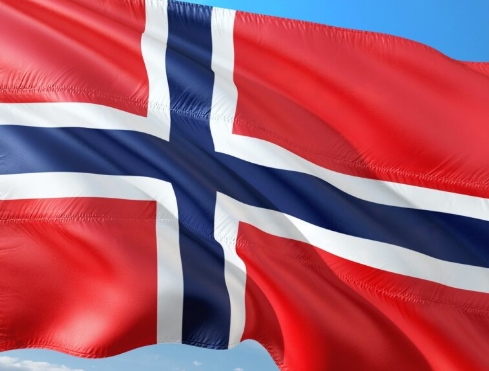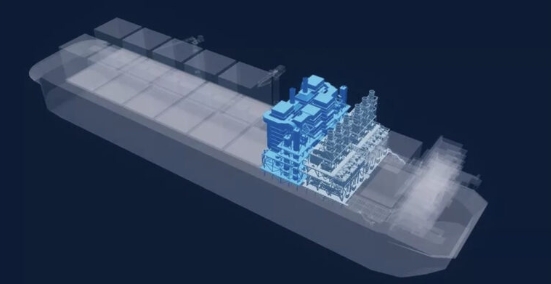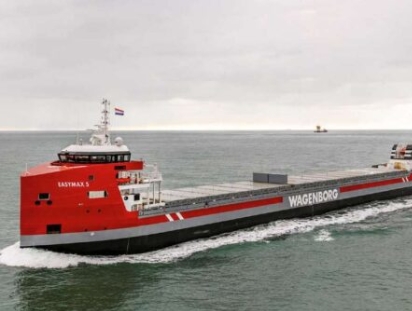![The regasification plant of El Musel, in Gijón, has never been opened. The project was approved in December 2008, “in a context in which there were great prospects for energy demand growth in Spain”, says Enagás, who owns the facility. [eldiario.es]](https://www.world-energy.org/uploadfile/2019/1028/20191028015727480.png) The regasification plant of El Musel, in Gijón, has never been opened. The project was approved in December 2008, “in a context in which there were great prospects for energy demand growth in Spain”, says Enagás, who owns the facility. [eldiario.es]
The regasification plant of El Musel, in Gijón, has never been opened. The project was approved in December 2008, “in a context in which there were great prospects for energy demand growth in Spain”, says Enagás, who owns the facility. [eldiario.es]
Gas power plants in Spain are running below 25% capacity, according to an investigation published in the Spanish media on Wednesday (23 October), sparking calls from environmentalists to stop funding the country’s “oversized” gas infrastructure.
The investigation published by eldiario, an online news site, reveals how Spain came to have “the most luxurious gas infrastructure” in Europe, with massive overcapacity largely funded by the taxpayer, the Spanish paper said.
Since the start of the century, Spain has built more than 50 combined cycle power plants (CCGTs) – the highest number in Europe after Britain and Italy.
However, those plants were only used at less than 17% of their capacity over the seven years from 2011 to 2018, the investigation revealed. So far in 2019, they have been operating at 24.3% capacity.
Other questionable infrastructure projects include a €400 million regasification plant at the port of El Musel, in northern Spain, which was given the green light in December 2008 but has not been used since.
More than 40% of domestic gas bills in Spain go towards maintaining gas infrastructure, even when it is under-utilised, campaigners say. For industrial users, the proportion is 70%, the investigation found.
The investigation was published just as the European Gas Regulatory Forum, also known as the Madrid Forum, opened in the Spanish capital on Wednesday.
Environmentalists say tackling natural gas emissions will be crucial to bringing EU emission down to net-zero by 2050. With increasing competition from renewables and batteries, gas consumption will inevitably go down, they warn, questioning the need for building new infrastructure.
“It is the government’s responsibility to ensure the citizen does not pay twice: bearing climate impacts and the costs of under-utilised infrastructure,” said Lisa Fischer from climate think tank E3G.
‘A bridge’
Miguel Arias Cañete, the EU Commissioner for climate action and energy, has warned that gas pipelines could become “stranded assets” as Europe moves to a zero-carbon economy. But he has also said gas will play “an important role in the energy transition” by acting as “a bridge to decarbonise the economy“.
Natural gas is indeed 50% less carbon-intensive than coal when combusted into power plants. And the increase in CO2 price seen on the EU carbon market is expected to hasten “a major switch from coal to gas” in countries like Spain, Italy Germany and the Netherlands, according to a report published last year by Carbon Tracker, a think tank.
But questions remain about what will happen to gas facilities after 2030, when demand is expected to decline as Europe moves to low-carbon energy sources. In Spain, gas for electricity generation will be completely displaced by renewables by 2040, according to Bloomberg NEF.
In the meantime, construction of new gas pipelines and LNG terminals continues at pace in Spain and across Europe, with new connections being built to complete the EU’s internal gas market, reduce price volatility and enhance energy security.
By the end of 2018, there were 87,699 kilometres of pipelines in Spain, including 691km for distribution and 61km for transport, that were added recently, according to eldiario.
“Energy infrastructure has several decades of lifetime. It determines Europe’s energy system of the future. That’s why we must increase our investment in renewables rather than deepen our dependency on fossil fuels,” said Jörg Mühlenhoff from Climate Action Network (CAN) Europe, an environmental NGO.
Activists are worried that a similar story is about to unfold elsewhere in Europe, where the European Commission has recently earmarked 55 gas projects eligible for EU funding under its 4th list of Projects of Common Interest (PCI).
In the coming weeks, the European Investment Bank (EIB) is also expected to decide on its new energy funding strategy, with the aim of aligning the bank’s lending with the EU’s draft climate neutrality target for 2050.
“We waste EU resources and money on gas and pollute the climate. This has to end,” said Michael Bloss, a Green MEP from Germany. “Sun and wind can lead Spain into a new renaissance, create jobs and a stable future that is free of the clutches of fossil fuels. Big scale solar needs serious investments, for Spain and for our climate.”
Spanish gas is the second most expensive in Europe, according to eldario’s investigation, which highlighted the following costs:
·Maintenance of the regasification plant of El Musel in Gijon, northern Spain, which has never been used (€23.6m in 2019).
·Compensation to Algerian company Sonatrach for price revisions (€33m a year from 2015)
·Accumulated system deficit since 2014 (more than €100m in 2019)
·A debt of €1,350m for the failed Castor gas storage facility.

